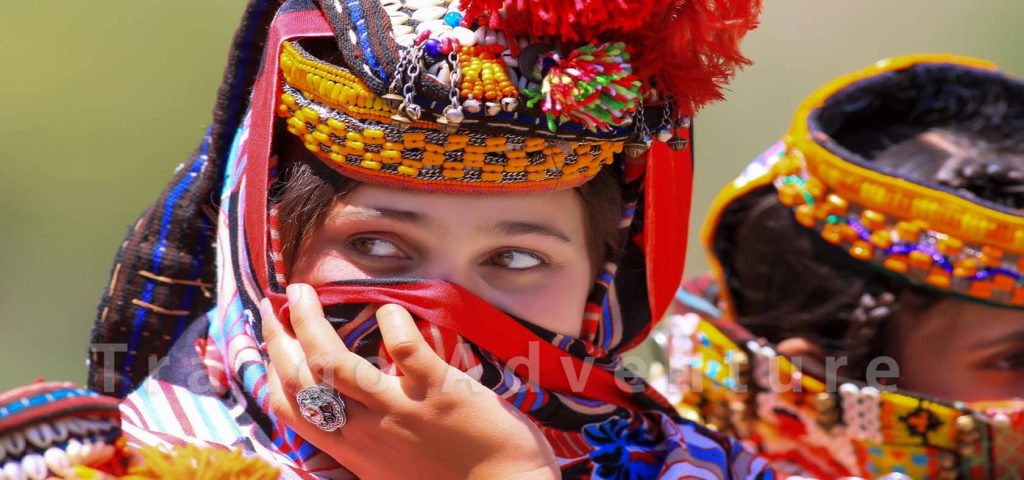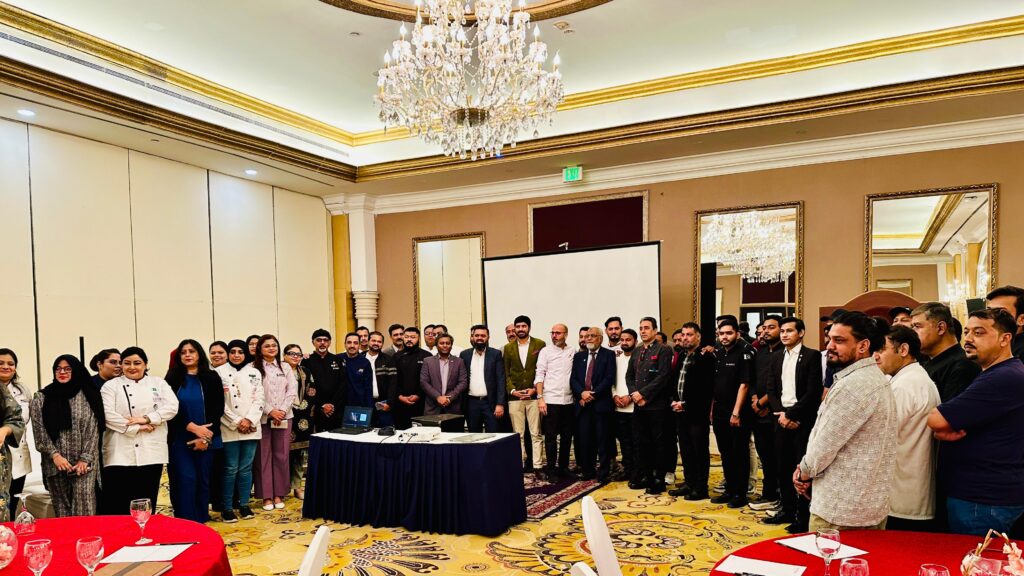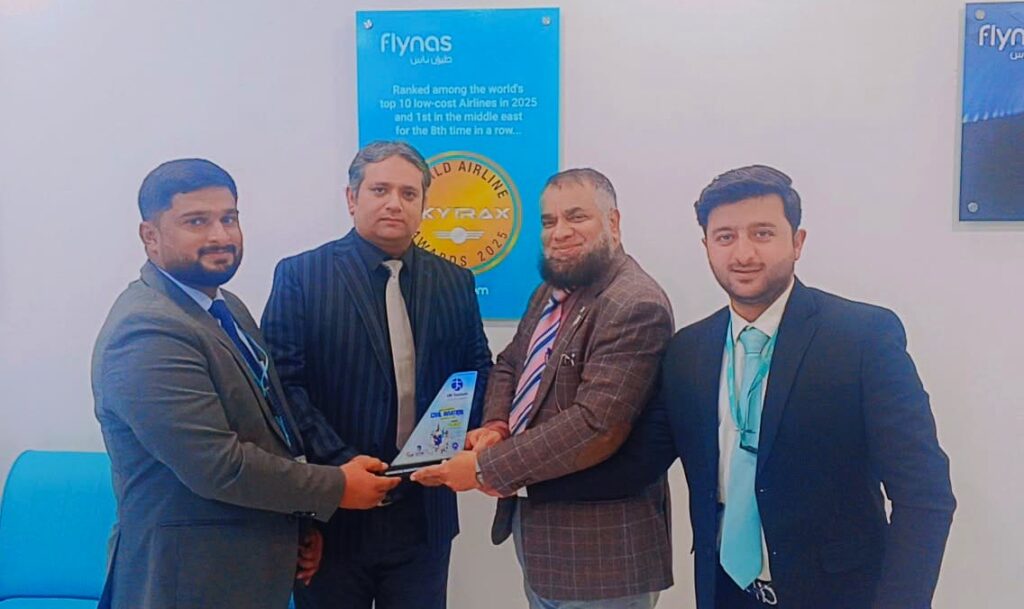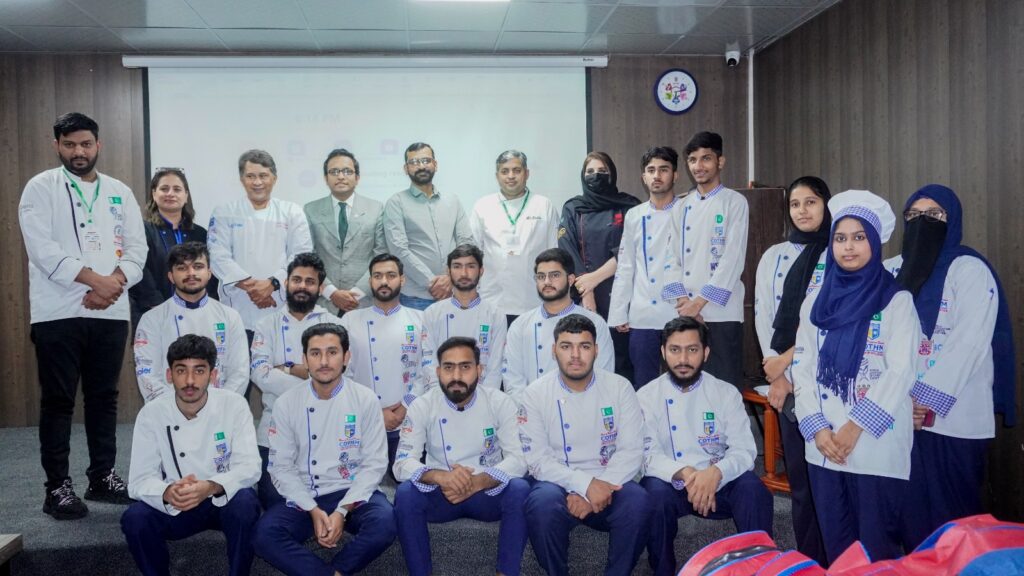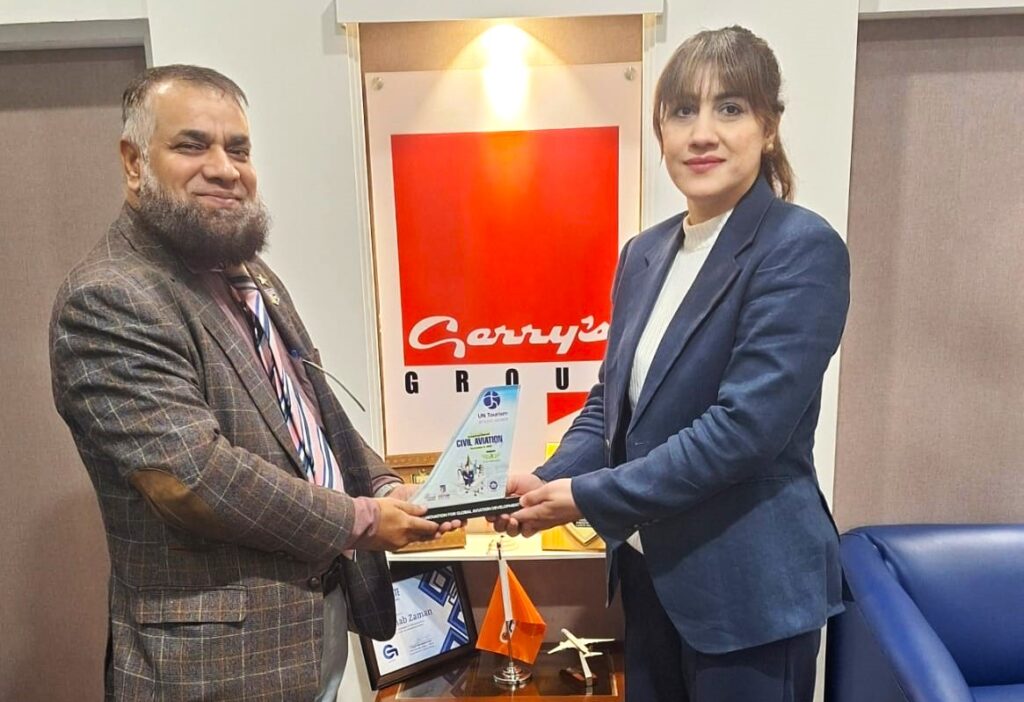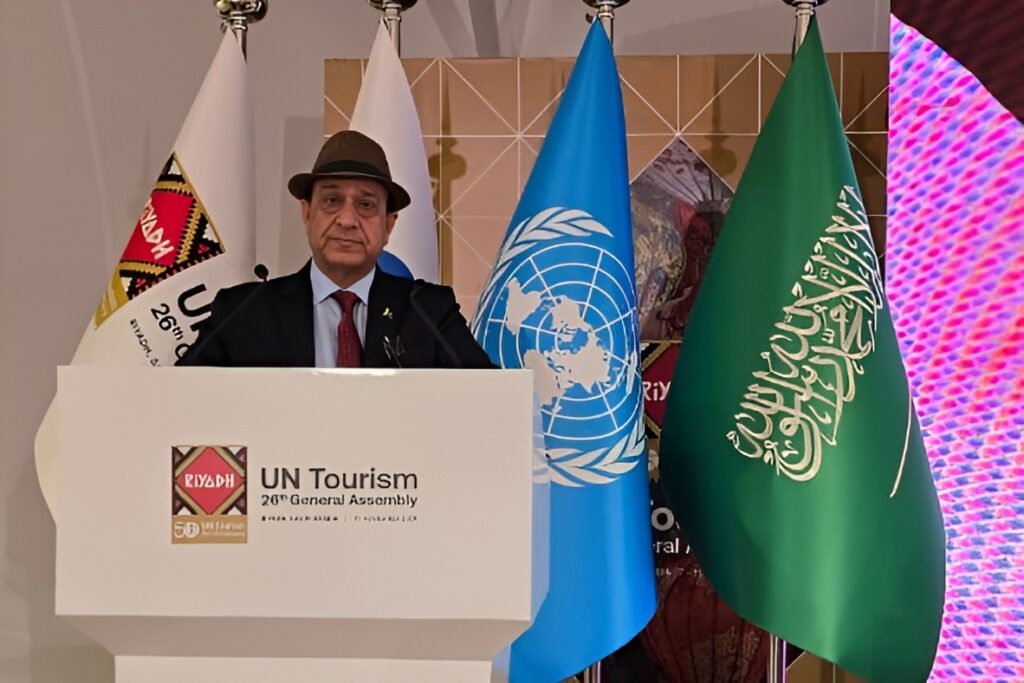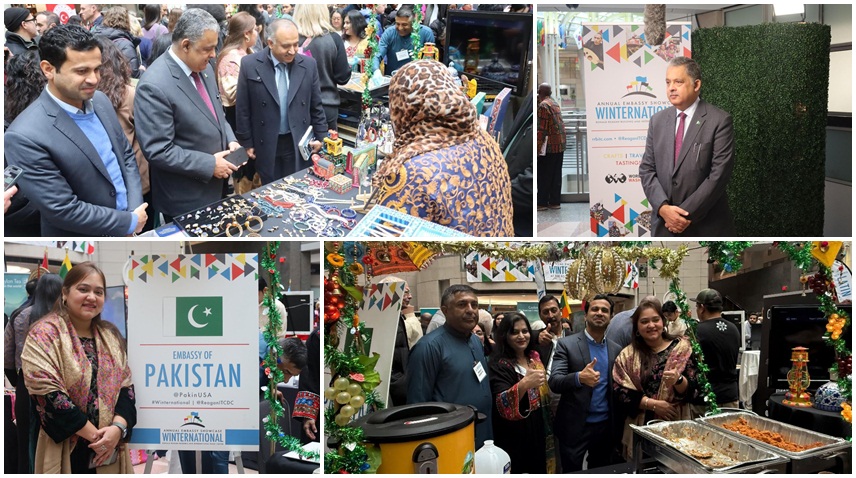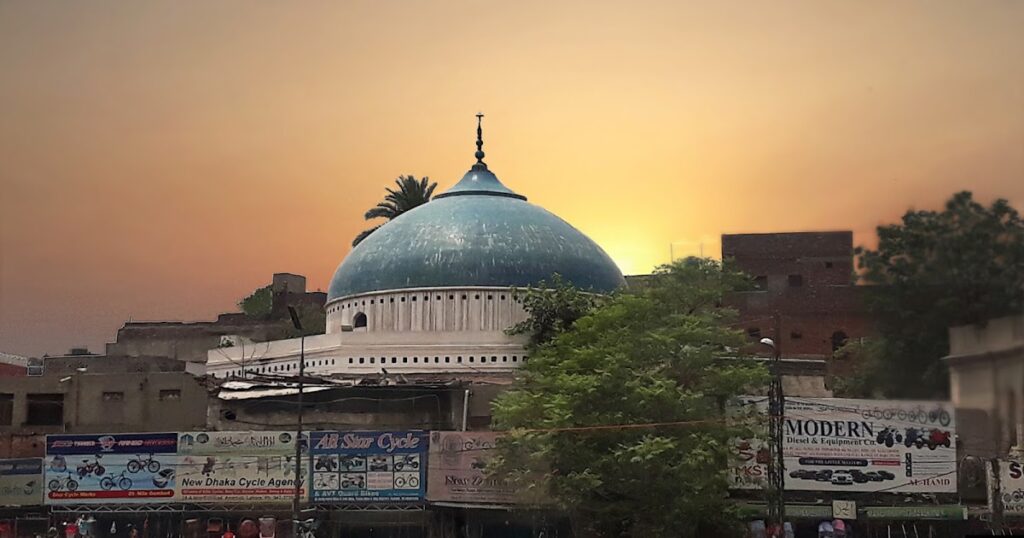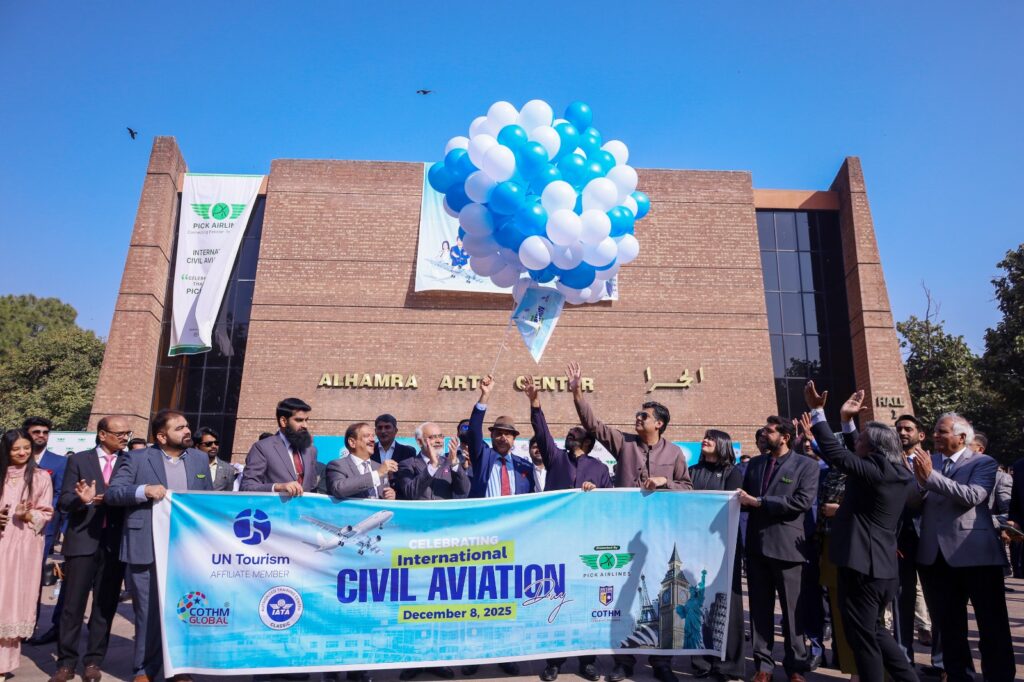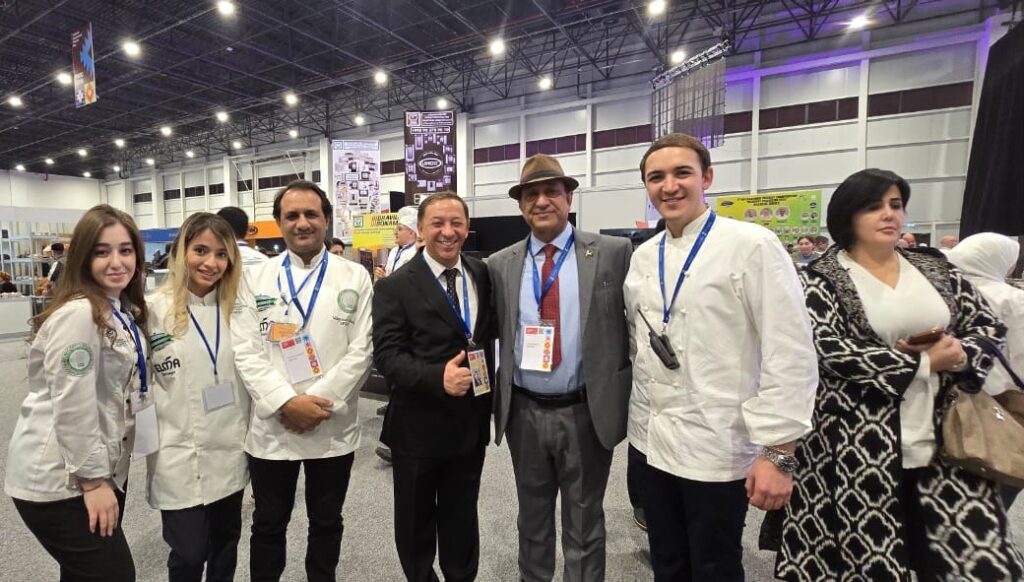Travelogue by Erum Noor Muzaffa
When I came to Kalash on a 5-day-trip with a group of journalists and photographers, I was as curious to know about unusual women of Kalash as I was interested in exploring Kalash Valley. There is mystery surrounding Kalasha women, around their colourful costumes and their unique way of life.
The women of Kalash wear long black loose robes with colourful embroideries and cowrie shells. These women are also found wearing colourful beads and necklaces. They accessorise their black robes by making use of colourful long braided head wears. However, what really distinguishes them from the other women of Khyber Pakhtunkhwa (KP) is their outlook towards life. They are quite liberal in their thoughts and have no inhabitations in marrying their sweethearts. They are hardworking and energetic and know how to smile even in the hardest time. What’s more, they are eager to learn and a vast majority of girls go to schools. For them, education is a tool to move forward.
“We are used to tough life but we have learnt to stay happy in our given circumstances,” elucidates 25-year-old matric-pass Razia who runs a shop of Kalash traditional dresses in Bumburet Valley. “I am married with three kids. My husband is very cooperative. In fact, men of our valley are generally very nice. We have got all the freedom. There is no restriction from our parents or from our husbands,” elucidates Razia. On inquiring how much time it takes to make one traditional dress, she tells, “Normally it takes us a month to stitch one dress as it is all hand-made with elaborate embroidery on it.”
Clueless of the outside world and modern technologies, the people of Batrik village (one of the oldest villages of Kalash) follow age-old customs of their ancestors and are content with their life. For Jan-e-Gul, her world is limited to her village where she has been living since her childhood. She is married with six children. Her husband goes for work in the fields while she stitches clothes. “We walk miles on foot but we never complain as this is where we belong,” comments Jan-e-Gul. “We, women, have to face a number of problems. Even we have to call midwives from other villages as there is no lady doctor in the village. Men of Batrik village are nice but they are careless and are not responsible. Though we are free to choose our own partners, we don’t marry in the same clan,” informs Jane-e-Gul.
Bold and beautiful: Today, around 4,000 to 5,000 Kalash people live across three different valleys. Generally, people of Kalash valley happen to be quite liberal. Theirs is not a patriarchal society. However, during childbirth and menstruation, the Kalasha women are secluded and confined to special places called ‘Bashali’.
There is no concept of arranged marriages in their culture and one can choose whoever one wants to marry. Kalashi women are independent in their decision when it comes to marriage. Indeed, marriage and divorce is simpler for women than for men. Marriage by elopement is more frequent in the Kalash valley and is also common amongst women who are already married to another men. “Women have followed the tradition of marriage by elopement for generations, it’s nothing wrong for us,” states an old Kalasha woman.
The colourful festivals: Through the wooden window frames and ladders of the houses are panoramic views of immense jagged stones and gloriously green mountains surrounding this mesmerising valley. The inhabitants of this valley are happy people. One sees free mingling of men and women in their festivals. They dance with men along with the beat of the drums during the seasonal festivals. The Kalash people love music and dancing and celebrate three main festivals every year – the Chilam Joshi (spring festival), Uchal (summer festival) and Cohimus (winter festival).
The Chilam Joshi festival is celebrated in May and marks the arrival of spring. Women of the Kalash valley dress up in their traditional black clothes, embroidered heavily with colourful threads and accessorise themselves. The celebrations include worshipping God and thanking the spring season, dancing and socialising. One of the most fascinating traditions is men and women choose their future spouses during the dances.
On the other hand, Uchal festival is held in August of every year, where cheese from the pastures is brought and celebrated. Singing and dancing to the folk songs makes it charming to the tourists. Choimus is a winter festival and holds great importance among the Kalasha. The event symbolises and forecasts prosperity of the village and its people in the coming year.
Time to promote our indigenous tourism industry:
Kalash is truly a tourist destination with its unique culture, festivals and scenic beauty, however, very little has been done to promote tourism in this region. This tourist destination lacks basic facilities and proper infrastructure; the roads are uneven and there is shortage of clean toilets on the highways. The initiative recently taken by OPPO in collaboration with KP Culture & Tourism Authority is indeed a very encouraging and positive step towards the promotion of tourism in Kalash, but serious and persistent efforts are needed by the Government to develop tourism in this region.
Instead of lip service, concrete steps should be taken by the concerned authorities on an urgent basis. Countries like Nepal, Thailand, Maldives, Dubai, Srilanka and Turkey thrive on their tourism industry, we can also do the same if only we develop our infrastructure and provide basic facilities to tourists in far-fetched areas like Kalash.
Erum Noor Muzaffar is the editor of You! magazine. She can be reached at iram29@hotmail.com
https://www.thenews.com.pk/magazine/you/900874-the-amazing-women-of-kalash

